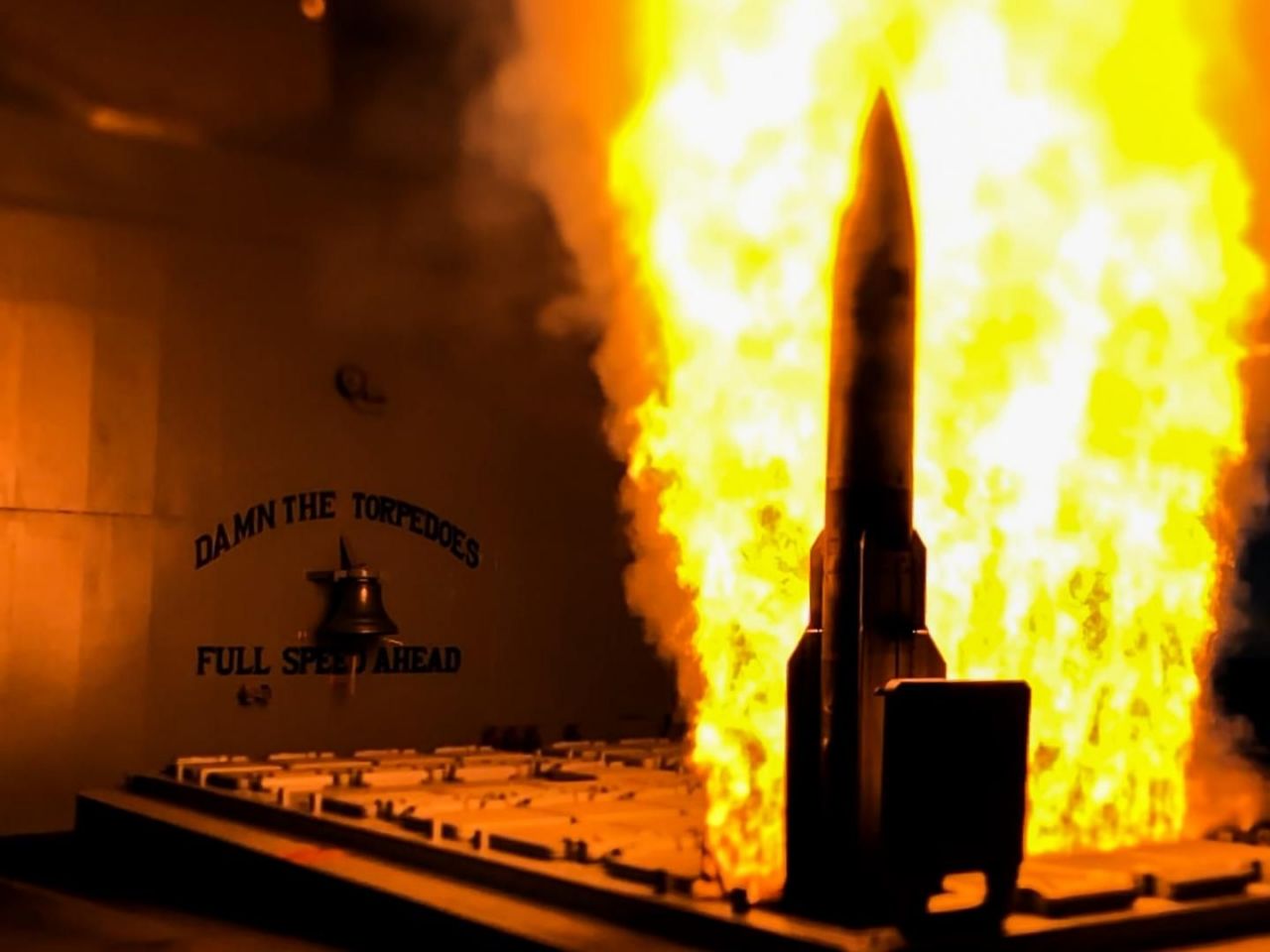Michael Peck
Securities
Why is Japan building a missile defense facility in the tsunami zone?
Of all the places to build a missile defense battery, why choose a site that could end up underwater?
Japanese officials are trying to explain why the site for the Aegis Ashore Pro-defense installation turned out to be an area that could be flooded by the tsunami.
Japan’s defense Ministry recently acknowledged that “the area where it planned to install the Aegis Ashore radar system and missile launchers has fallen in a section that Prefecture officials predict is at risk of flooding by a tsunami of 2 to 5 meters 16 feet,” according to Japan’s Asahi Shimbun newspaper.
Japan is buying two Aegis Ashore systems, which are ground-based versions of the U.S. Navy’s Aegis missile defense system, at a cost of about $ 2.2 billion. One is planned at a facility in Araya in Northern Japan and the other at the Mutsumi military training ground in southern Japan. They have to stop a wave of North Korean ballistic missiles, but the waves that threaten it now come from underwater earthquakes, such as the 2011 Fukushima tsunami that hit Northern Japan and damaged three nuclear reactors.
Finding suitable missile defense facilities in narrow, mountainous Japan is not easy. The defense Ministry surveyed 20 sites. “The five criteria for determining suitability included whether high mountains exist nearby that could block radar pulses, the stability of electricity and water supply and vulnerability to tsunamis,” Asahi Shimbun said. “The tsunami risk assessment report in Araya and the other 19 sites said four would be significantly affected and another four to a lesser extent.”
Araya was chosen because it is flat and faces the sea of Japan, opposite North Korea. “The report does not say anything about the facility in Araya being threatened by a tsunami,” Asahi Shimbun said.
Defense Minister Takeshi Iwaya acknowledged there was a chance the facility could be flooded by the tsunami, though he added that “much of the training area is unlikely to be flooded.”
“I suspect Ministry officials did not refer to the tsunami risk in the report on the assumption that the effects of such could have been prevented if work had been carried out to raise the ground,” Iwaya said.
Tidal waves are not the only issue plaguing the controversial missile defense project. Several alternative sites have been excluded due to a bug with Google Earth. “For example, the actual elevation angle of a mountain peak at a site in OGA, Akita Prefecture, was 4 degrees,” says Asahi Shimbun. “But the Ministry’s report indicated 15 degrees. According to the Ministry, the officials who compiled the report prepared a cross-sectional diagram using a virtual globe in the Google Earth Pro app. But they did not realize that the diagram created was exaggerated vertically to emphasize the undulating mountain.”
These questions only fuel resentment among residents living near the two missile defense facilities, who already worry about the health risks from the aegis system’s powerful radar pulse, as well as fear of being targeted by North Korean missiles.
Read the original article

Be the first to comment on "Why is Japan building a missile defense facility in the tsunami zone?"